







You don’t need to suffer from your lack of confidence in taking quality photos anymore. Join our community of students whose works were featured in:







I know the excitement of having your very first camera, looking into the frame, and hearing the shutter sound.
However, nothing perhaps prepared you for the camera buttons’ overly complex learning and functions.
Even the more than 300 pages manual that came with your equipment proved to be more confusing.
I understand, and I get it because I have been there. Like you, I know how it feels during…

Those moments when you enthusiastically took a photo of a bee hoping for a close-up shot of the subject that mesmerized you. Only to find out that it came out blurred or shakey, and you’ve lost your chance after a split second.
Or those exciting events where you wanted to capture that scene of a child running towards his friends only to look at an image of blobs and fuzzy colors.
Or perhaps when you were invited to be one of the photographers in a friend’s wedding only to meet the horrors of low lighting conditions. While everyone was dressed to party, you fumbled on your camera settings, hoping to capture at least a fraction of the festivities, to no avail.
Or saving your file of hundreds of photos, yet you can’t seem to salvage 90% of the images simply because you are not satisfied with the colors, clarity, and it just looked
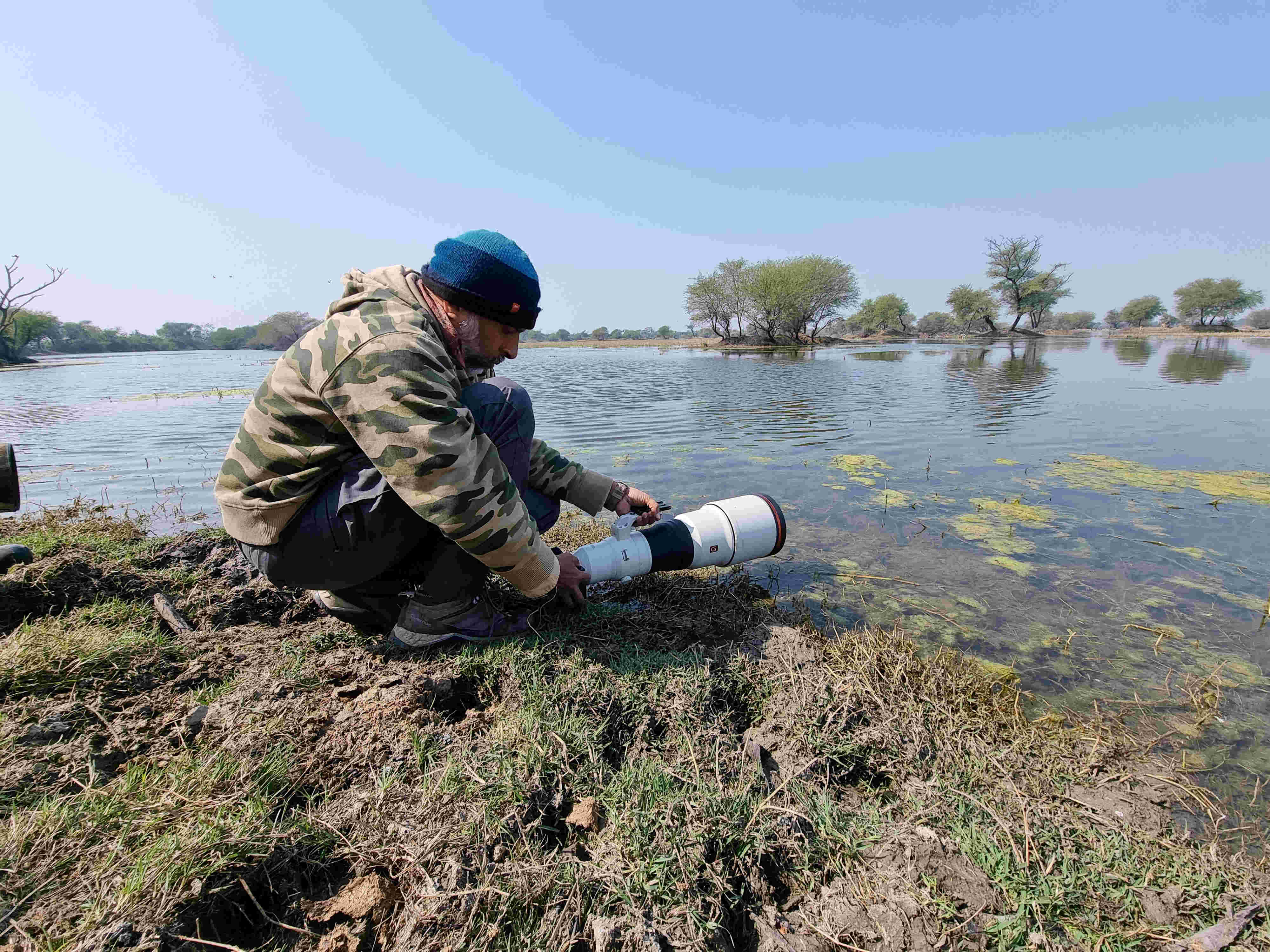
At some point,maybe you were tempted to empty your bank account so that you could purchase a more expensive camera because you believed that it would make you become a great photographer.
AND I can go on and on as to how your photos can go wrong The bottom line, these issues for an aspiring photographer are frustrating.
As photographers, we understand the value of a moment and the importance of capturing those moments that delight us and our audience.Memories stored in images are long- lasting mementos of the past.
To have no confidence because we get lost in the technicalities of using our camera (talk about ISO and AF functionality) or when we feel that our skill and equipment are not enough is such a damper and a source of discouragement.
BUT what if, using the only camera you have, which by the way is already apiece of fantastic equipment, you can discover how to:

Maximize your entry-level camera settings and produce dramatic photos like this
Master the skill of capturing action despite having a fast-moving subject, yes! the secret is in the settings.
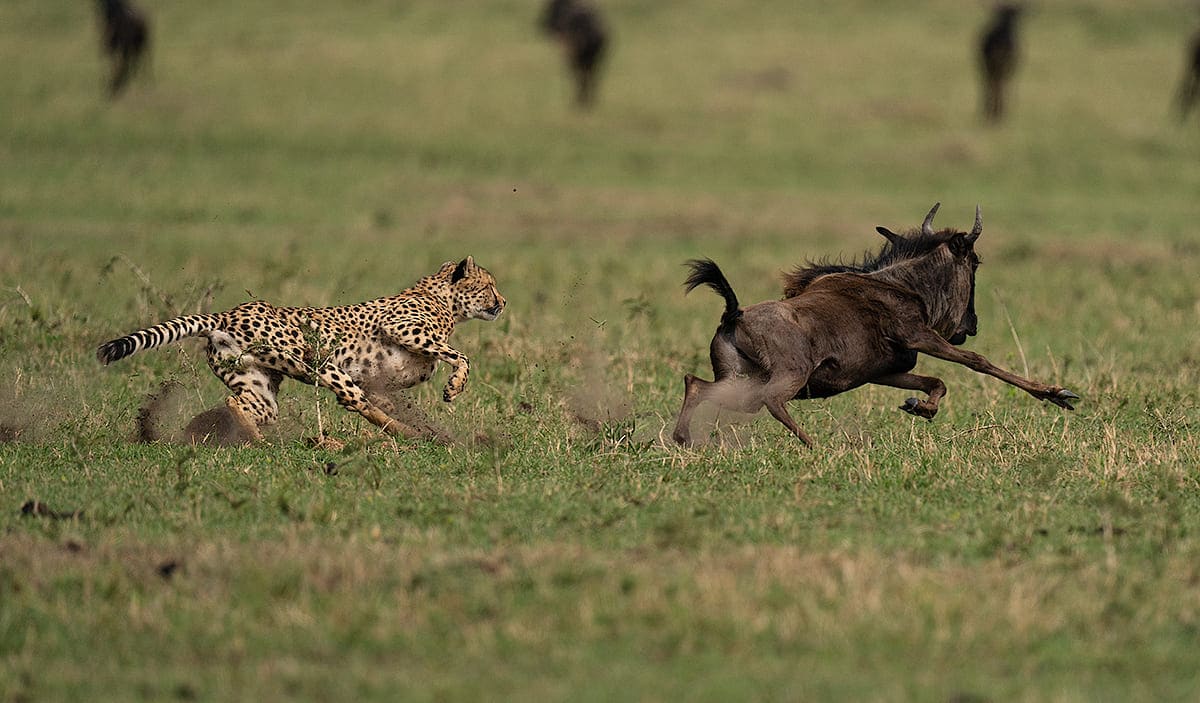

Capture images that are sharp and crisp despite the low light conditions
Utilize the power of post-processing to transform your unexciting photos into a “wow factor” worthy image.
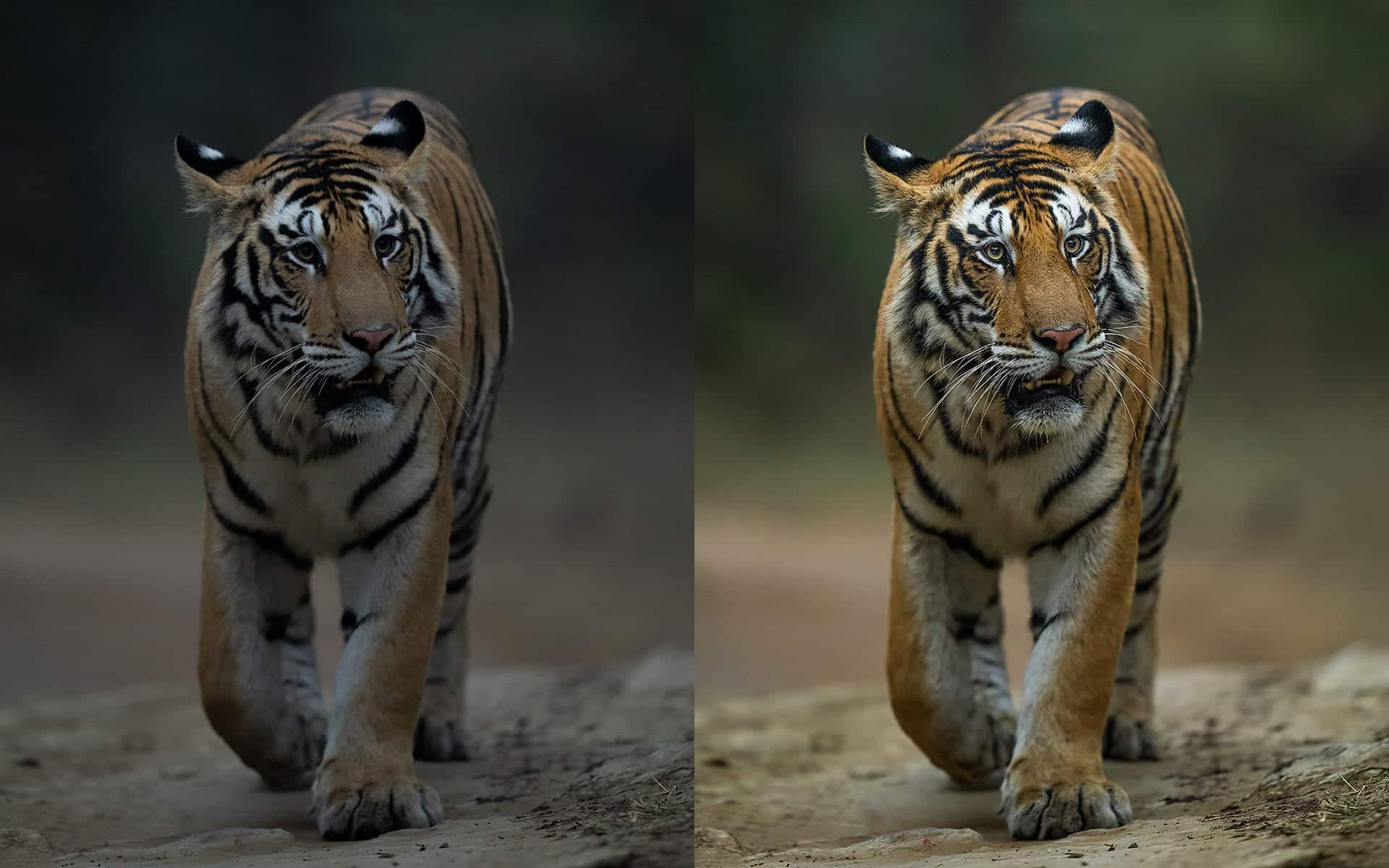

And many more skills that can transform you from a struggling photographer to one who can create magic with your photos.
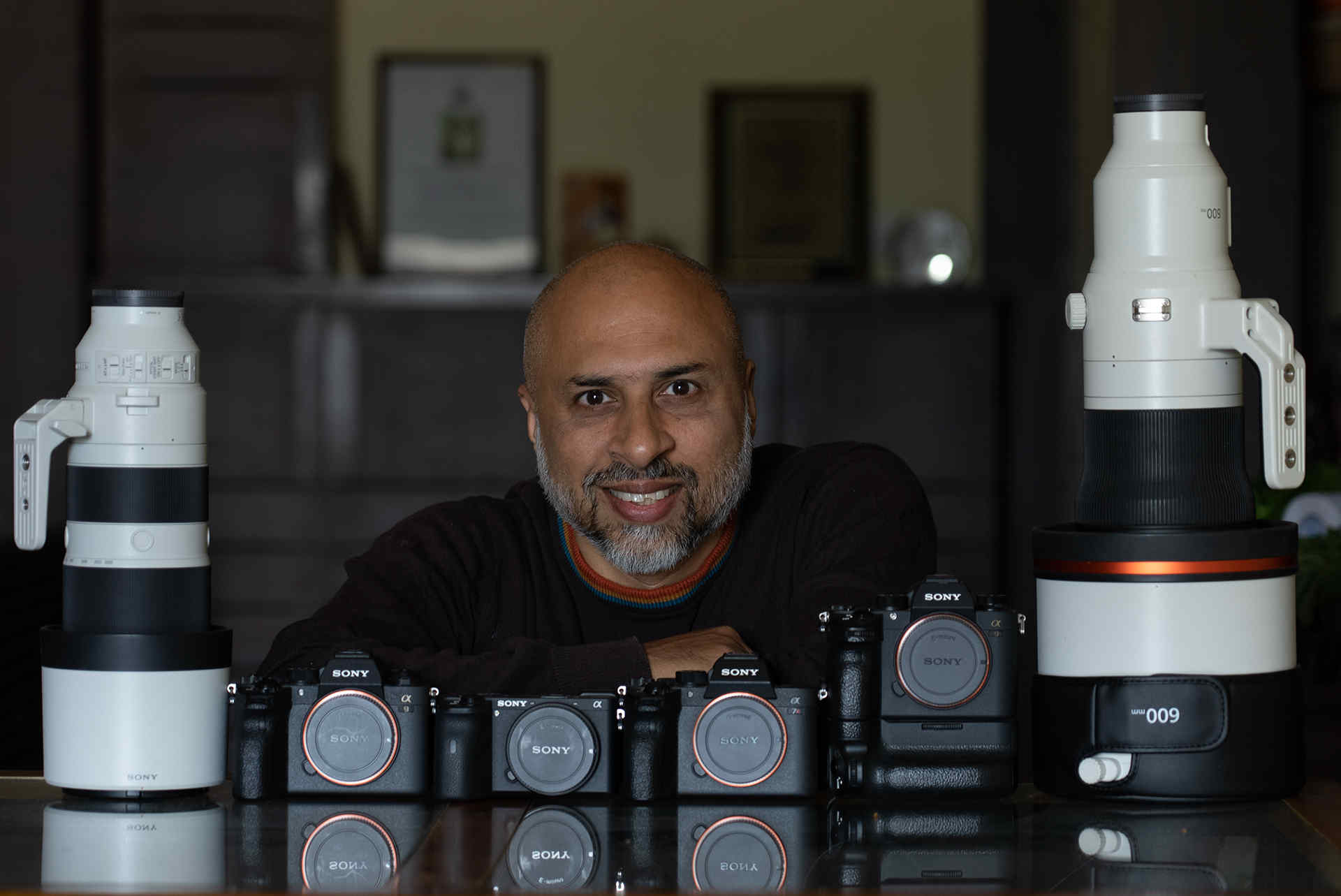
I learned photography even before the rise of the internet, and it was so hard because I had no one to teach me how to do it. I had access to minimal information, and my research took a lot of time.
But I was so passionate about it. So I purchased a photography book (google was not there when I needed it the most) and went on to learn the fundamentals of photography.
I scrutinized every function of my camera and just had that incessant motivation and passion for capturing images that convey powerful stories.
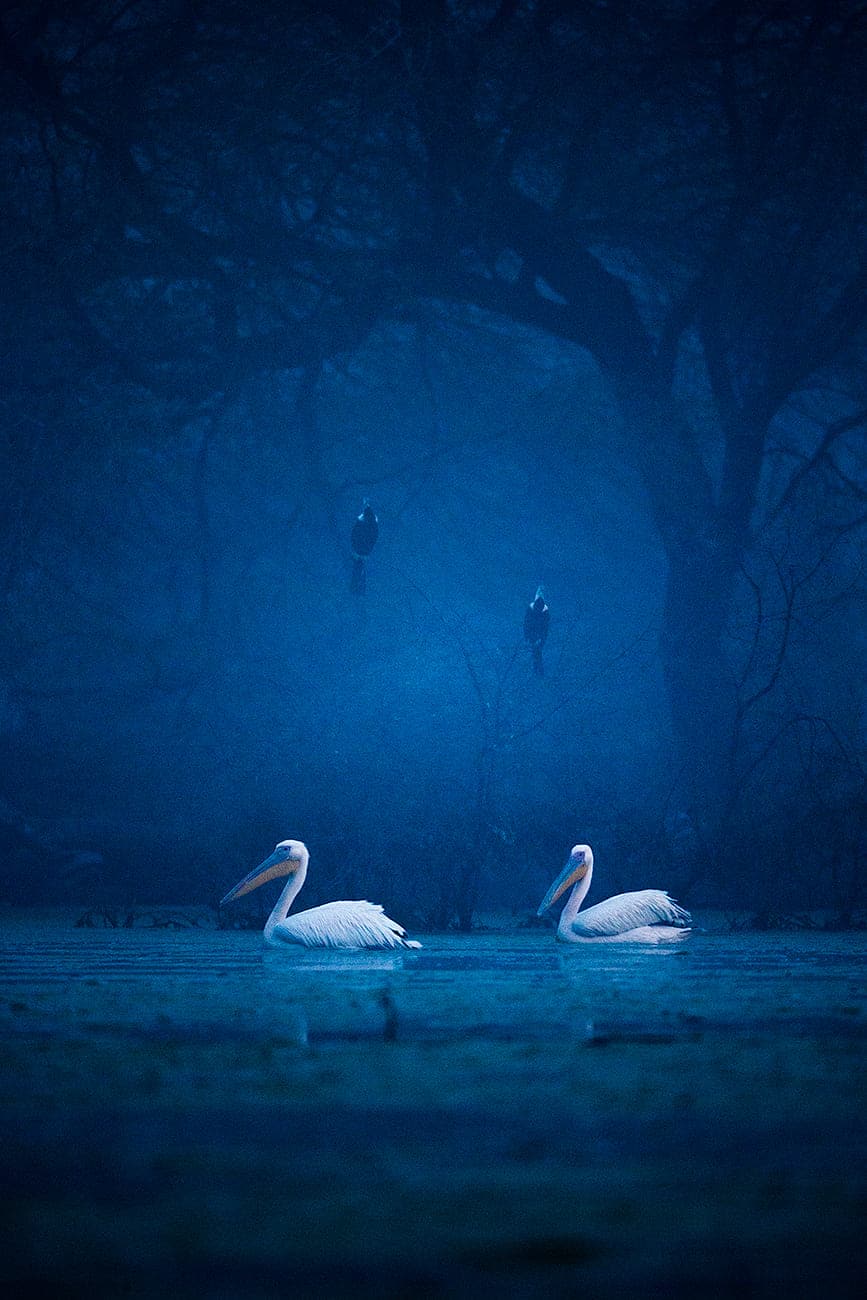
And because I became good at it (remember I used to be a newbie and confused photographer too), some of my colleagues and friends asked me to teach them how to become better with their Photography skills.
That is when I discovered my passion for teaching motivated by the love of learning.
So I put together everything that I learned in my more than 27 years of experience in mastering the art and skill of photography, and I want to share these with you through my easy-to-follow Course in my Basic Photography Class Bundle.

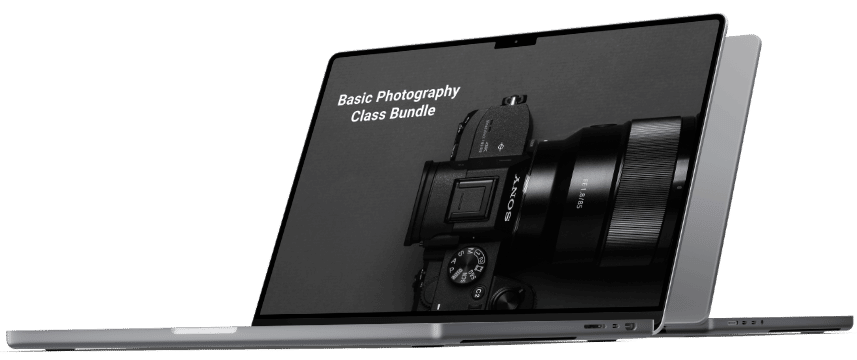
I am on a mission to equip as many photographers as I can so they can put their camera to optimal use without any drop of doubt to their ability to become the best at the thing they love most; Capturing awesome photos.
I removed all the complicated stuff that can give you headaches and provided you instead with a painless learning experience.
Inside the Basic Photography Class Bundle, you will have everything you need to learn to take photos like a pro.

One of the most frustrating events in an aspiring photographer’s life is to see 99 percent of your captured images go to waste. With the time and effort you put into taking those shots, there’s nothing more discouraging than the inability to have an excellent output.
While information abounds on the internet about how you can upgrade your skill, knowing where to start and what Course you actually need demands a lot of your time researching and figuring things out on your own.
But because I designed this Course with you in mind, I have removed all the clutter and crafted a systematic learning strategy so you can become a better photographer in no time.
Mentoring You to be confident and free as a Photographer
Mentoring You to be confident and free as a Photographer

I have eliminated the inconvenience of learning photography the hard way. This course will walk you through the otherwise confusing world of photography techniques and principles in an easy-to-understand and simplified manner.
At the end of each section of the course, I made sure that you can acquire a skill that you can apply right away to improve your images and give you immediate results.
My goal is to equip you with my easy-to-follow instructions to help you develop confidence in your skills. At the end of the Course, the terms exposure triangle parameters of aperture, shutter speed, ISO, and other technical terms in photography will no longer intimidate you.
Here are the value-loaded topics included in your Basic Bundle course and how they will exactly help you elevate your photography skills to a top-notch level.
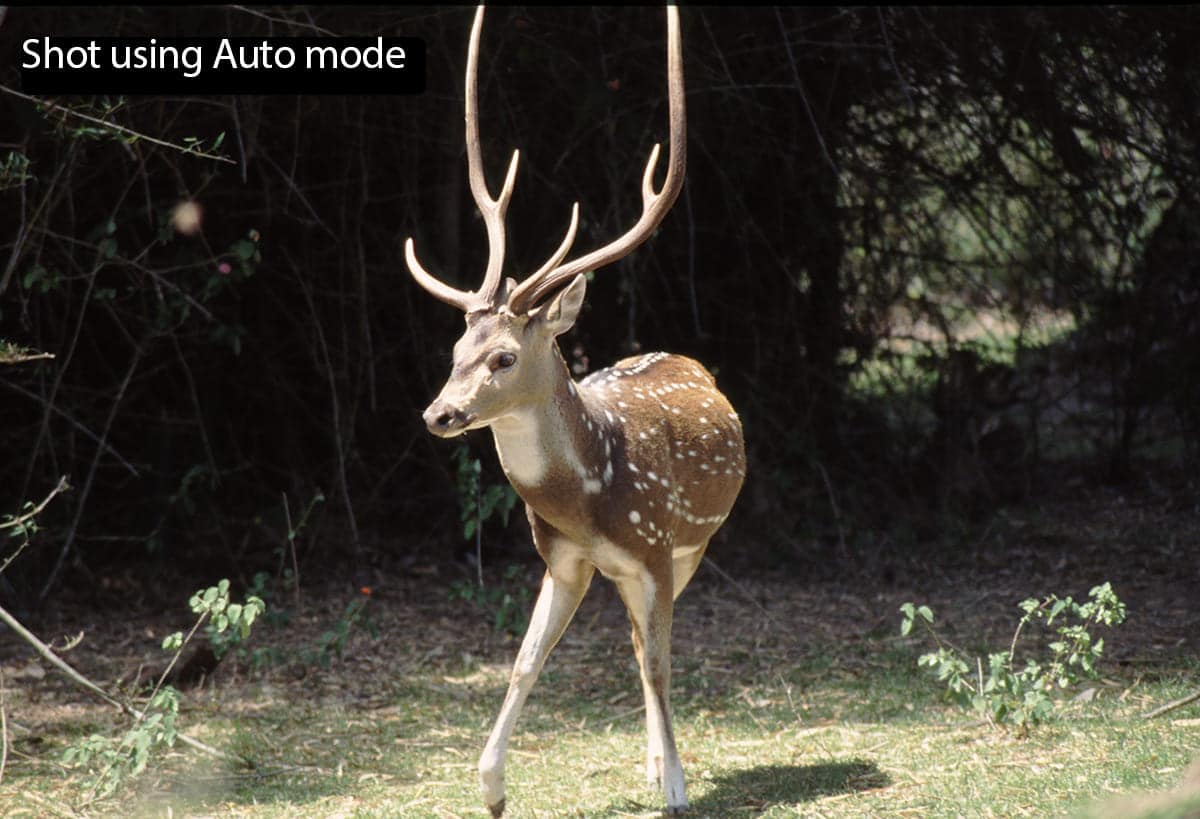
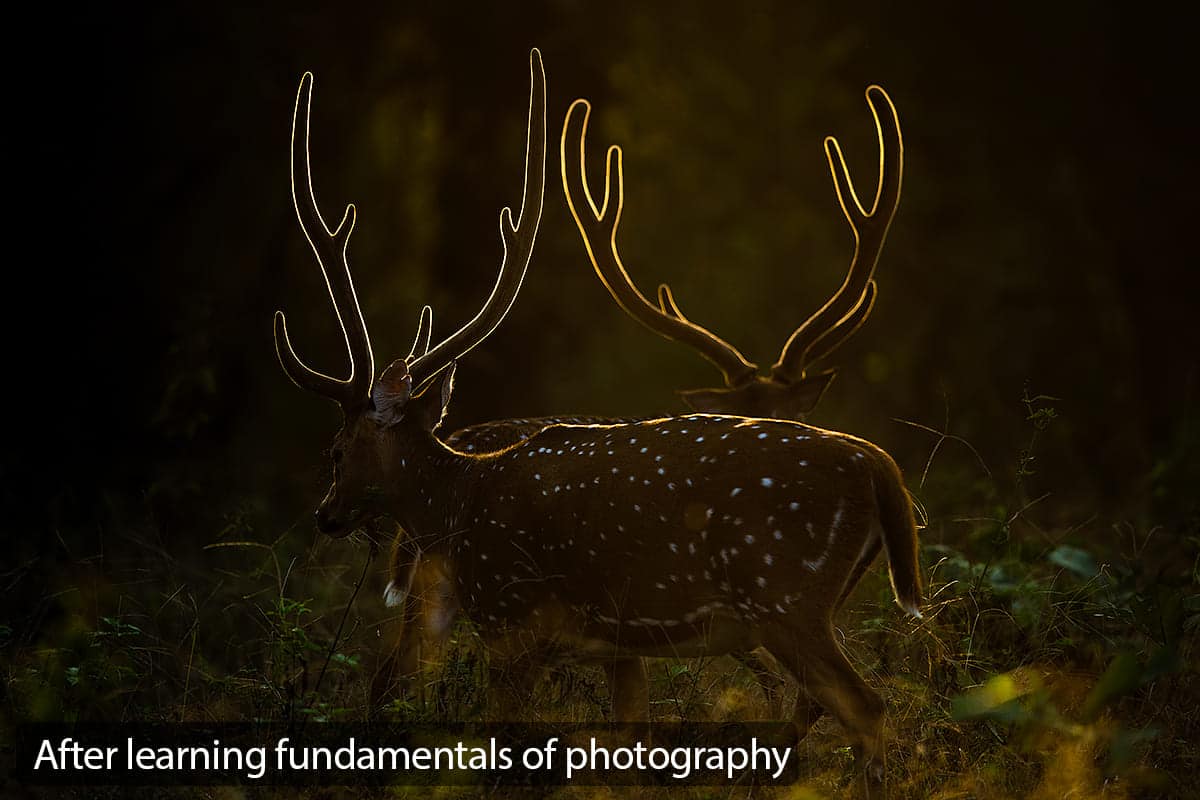
Go out of your “auto-mode” comfort zone and explore the wonders of generating quality images by learning how to use the basic and advanced functions of your digital camera.
This hands-on course is the starting point of your photography learning. Regardless of the camera you are using, you need to master the three key pillars of photography to strengthen your knowledge and skills foundation.

Understanding your subject is the key to making amazing images. Whether you are taking photos for wildlife, wedding, or street photography, this knowledge will help you predict what may happen and help you strategize how to take a shot in various circumstances. This way, you can always be ready for that shot.
Those buttons and functions in your camera are there for you to explore and maximize, regardless of your equipment. These fundamental features are embedded in every camera. You have to learn how to use them to generate better images.

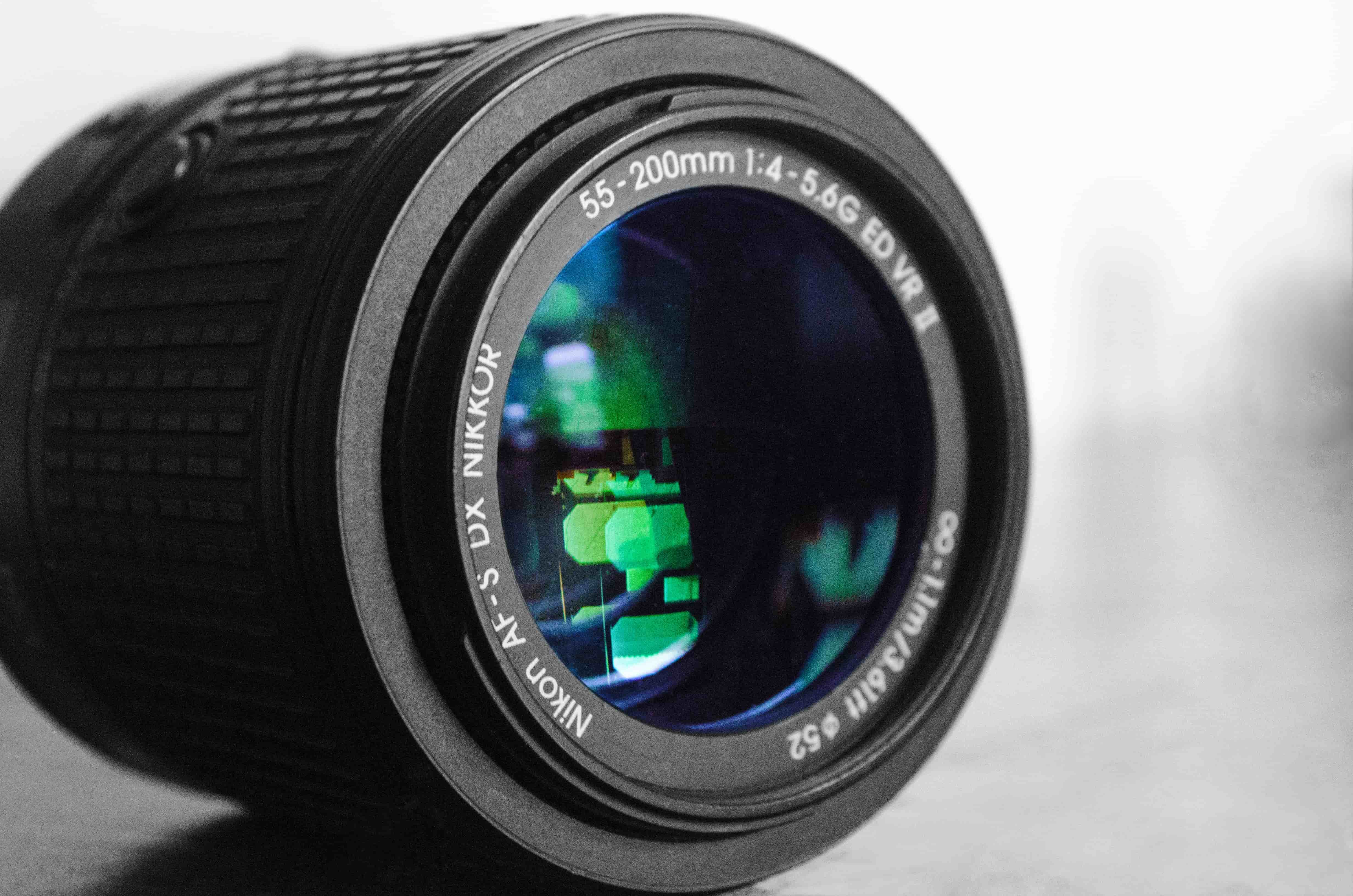
Your equipment is the very reason why you can identify yourself as a photographer. That is also why you do not need to buy another expensive or upgraded camera to feel secure and confident with your skills. Your entry-level camera is good enough to allow you to capture incredible photos along with the knowledge of shooting techniques.
Stop worrying about having blurry photos or poorly exposed images.
Produce steady and sharp images.
Compose your shots as you turn ordinary scenes into a dramatic visual masterpiece that grabs your audience’s attention.
Determine when to use a tripod, monopod, panning pod, and a handheld shoot from a long tele lens.
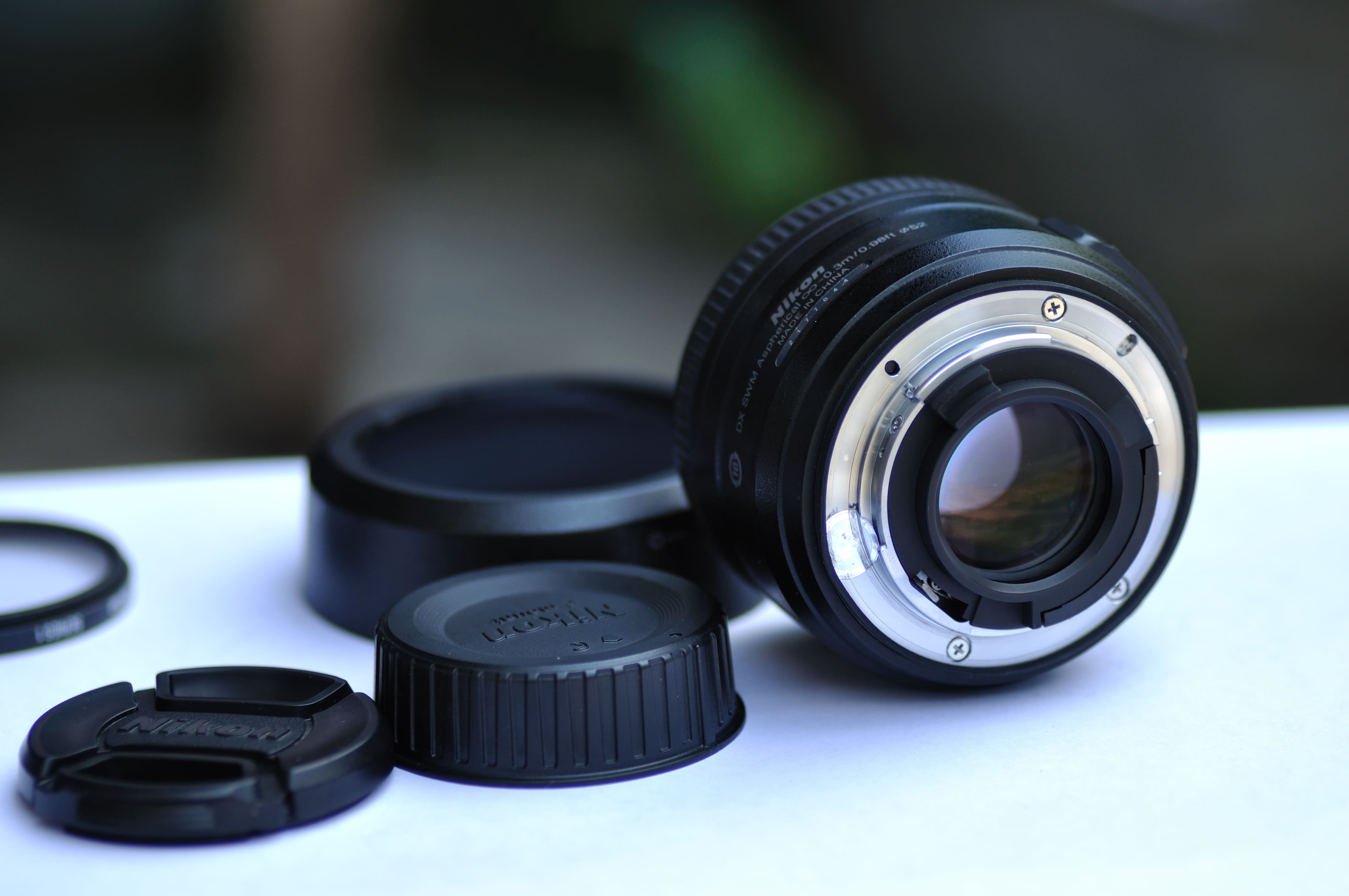
This course will help you overcome the confusion as you learn the different factors you need to consider in choosing the right camera and lens for you. There is no better way of enjoying your photography journey than being happy with your camera.
The difference between a full-frame camera and a crop sensor camera and how to choose between the two.
Various genres of photography such as Wildlife, Bird, Sports, Wedding, Events, Street, Travel, Landscape, Portrait, Macro, Product and Candid photography to know what features you should look for in a camera.
The different vital features of each camera available in the market and its importance in taking high-quality photos of your chosen genre.
The different kinds of lenses and their functionality concerning the various genre of photography.
The type of lens you should choose based on the sharpness and contrast of the lens by using the MTF chart.

Not all blurry images are bad. Often, a blurry background creates a very appealing photo as it draws you to the clear image that stands out. The out of focus blurred portion of an image is termed as “bokeh”
The main takeaway from this Course is that you don’t need a high-end tele lens to generate an excellent blurred out-of-focus background.
The meaning of depth of field and how certain factors affecting the depth of field have an impact in creating a nice blurred out of focus background.
How to achieve results with whatever equipment or camera body you have since we will cover the various focal lengths of 16 mm to 840 mm.
The importance of having a good complementary background and how the subject to camera distance matters for creating these blurred out-of-focus backgrounds.

Have you ever experienced struggling with acquiring focus? While manual focusing is relatively easy for stationary subjects, moving subjects would often pose a challenge. For example, it is almost impossible in sports photography to do manual focusing due to swift movement. This is the time when your knowledge and skill in Back Button Focusing come in handy.
What Back Button Focusing is and how it works.
How a camera achieves autofocus and how you can use it to your advantage.
How BBF can help you deal with the drawbacks of the normal shutter release button focusing system.
How you can configure BBF on your setup based on your camera model and brand and start using it confidently.
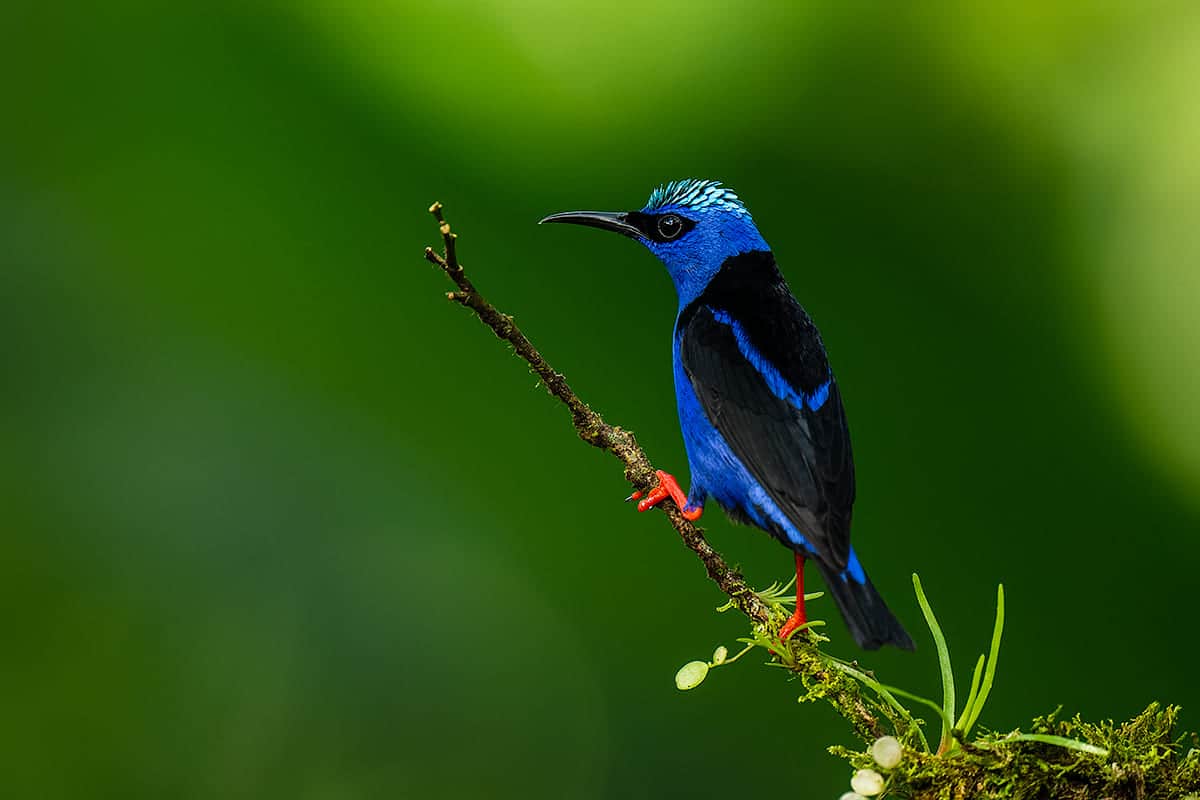
Have you ever found yourself marveling over a bird perched on a tree and seemingly all ready to be photographed? Or when a bird takes flight, its wings spread majestically, these are scenes to behold, and as a photographer, you would never want to miss it.
And even with your basic camera, you can capture beautiful images like this.
Have an overview of bird photography and address the issue of having the ideal equipment.
Understand subject behavior and how to use this knowledge to get amazing shots.
Handle the technical issues in photography with an exhaustive coverage on camera settings, shooting modes, white balance, exposure, and metering.
Achieve the best results in action shots, low-light conditions, and backlit subjects as you learn to calculate the parameters of the exposure triangle.
Recognize and use the most efficient shooting techniques for bird photography.
Create the best composition for different scenarios and how to pre-visualize the images you want to take.
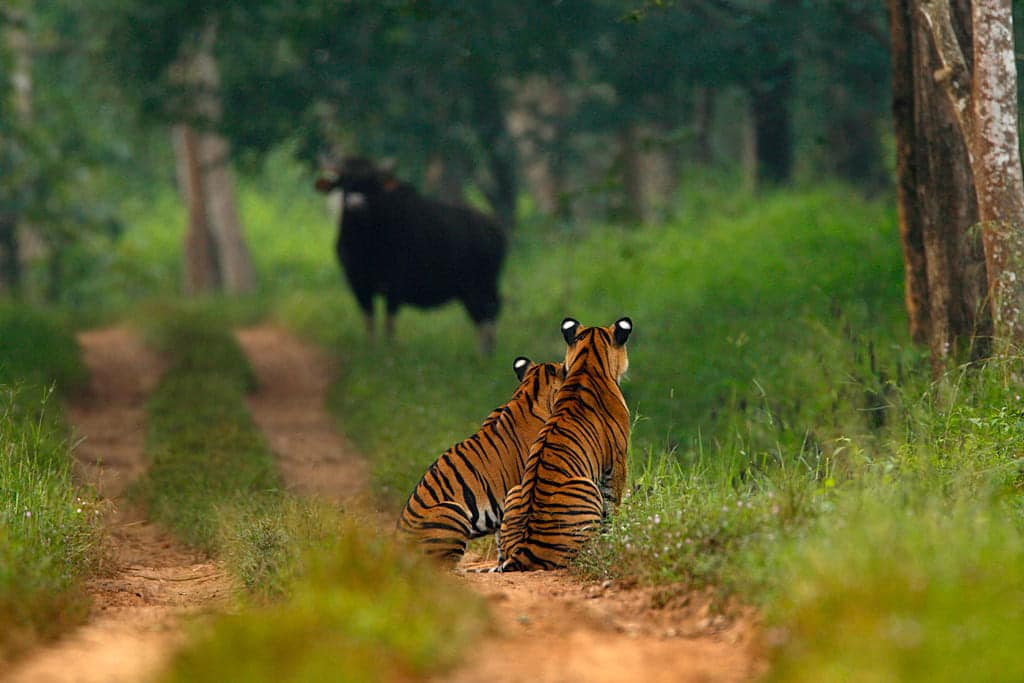
I left the corporate jungle to venture into the real jungle. In the process, I developed a love for wildlife while capturing photos in this magnificent environment.
Wildlife photography is for everyone who has a growing passion for nature. In this topic, I have condensed what I learned while shooting in the wild, and in this course, I will teach you everything you need to know to capture astounding wildlife regardless of the type of equipment you own.
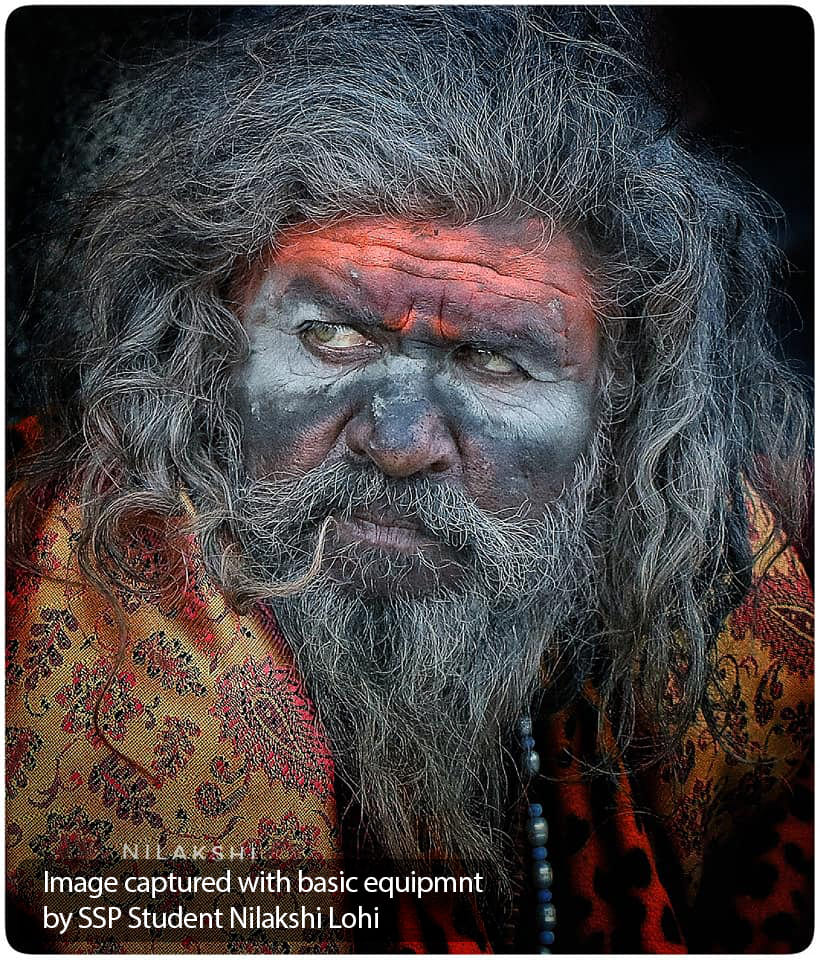
What camera setting is best in giving you great images in most situations.
How subject knowledge can aid in doing previsualization to produce superlative photos. Having a thorough understanding of animal behavior is everything in wildlife photography, and this will help you predict, anticipate and plan your shots.
How to capture subject action flawlessly as you learn core technical aspects such as shutter speed, focusing modes, and autofocusing functions in different cameras.
What challenges to expect in wildlife photography, and how to overcome them.
What factors and parameters to consider when you plan to buy a camera or lens for wildlife photography based on your budget and the accessories needed for wildlife photography.
How to choose the right wildlife destination to start your wildlife photography. Identify the wildlife sanctuaries nearest to you, along with various safari options available.
How to book your wildlife safari adventure, decide which park to visit depending on the species available in that area. Get a clear grasp of the concept of full-day and half-day safaris.
How to identify, plan, and take your dream signature shots when you visit well-known and iconic locations inside safari parks. Also, learn how to practice safety at all times so you can take care of your equipment and yourself during your trip.
How you can create images that can potentially win many competitions as you delve deep into the concept of story-telling images as I show you behind-the-scenes planning and actual execution so you can make such images.
What shooting techniques are necessary so you can get quality images. Part of this is learning how to manage yourself in the vehicle during your safari trip. I will share an in-depth look at the options and accessories used for wildlife photography when shooting from the safari vehicle. Also, I will talk about how you can get your vehicle modified for an optimal shooting experience.
Planning your composition techniques is the heart of all the core technical concepts of wildlife photography. With proper composition, your photos can convey a compelling story.
How to apply the skill and art of post-processing your images so you can give your photos an excellent finishing touch.
Photograph with a Purpose
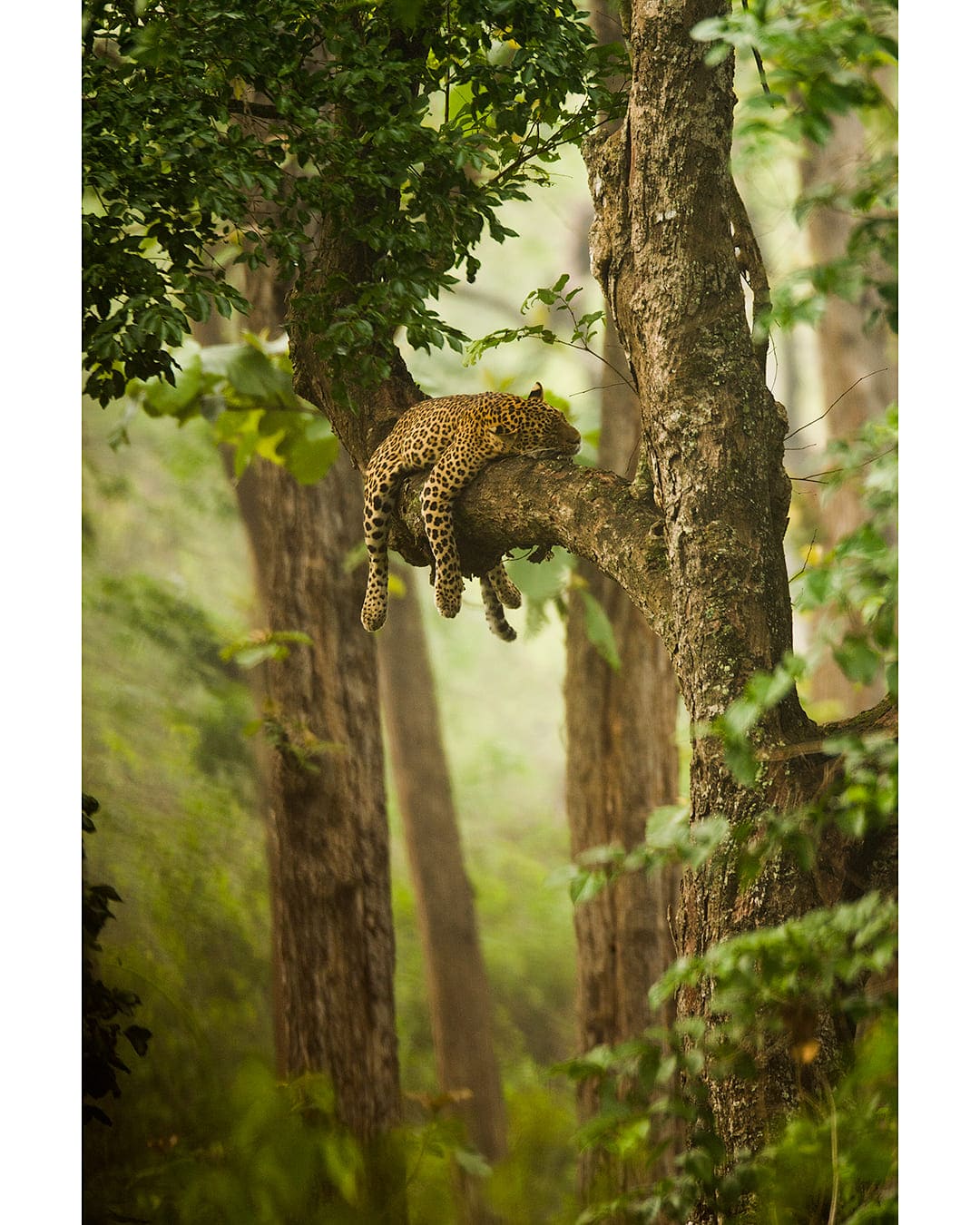
Journeying into the wild and capturing wildlife images in action had been close to my heart.
Because of my countless encounters with incredible creatures on every safari trip, I am frequently in awe of the joy and accomplishment whenever an animal decides to show up after hours of waiting.
For this reason, I wanted to share my love of wildlife photography.More than the techniques you learn, I want you to master the ethical aspects of doing wildlife photography, learn to respect your subject’s natural habitat and advocate for wildlife conservation.
I want your photos to tell their story.


As a beginner in photography, you don’t need to get intimidated by your lack of knowledge and skill in using Photoshop or Adobe Camera RAW. I will guide you every step of the way to get hands-on with the post-production of your images.
Master the importance of understanding color management, monitoring calibration, primary colors of red, green, and blue, and integrating them into the image pixels, color wheel, and the ICC profiles.
Distinguish the difference in post-processing RAW and JPEG image formats. Also, learn how shooting in RAW mode can help you take advantage of the power of working with RAW files while using photoshop.
Learn how to use Adobe Bridge to filter and shortlist your images for processing.
Execute the various basic image corrections like applying shadows, highlights, image cropping and resizing, levels adjustment, how to use the correct amount of sharpness to an image, applying noise reduction, and finally saving it for social media or for printing.
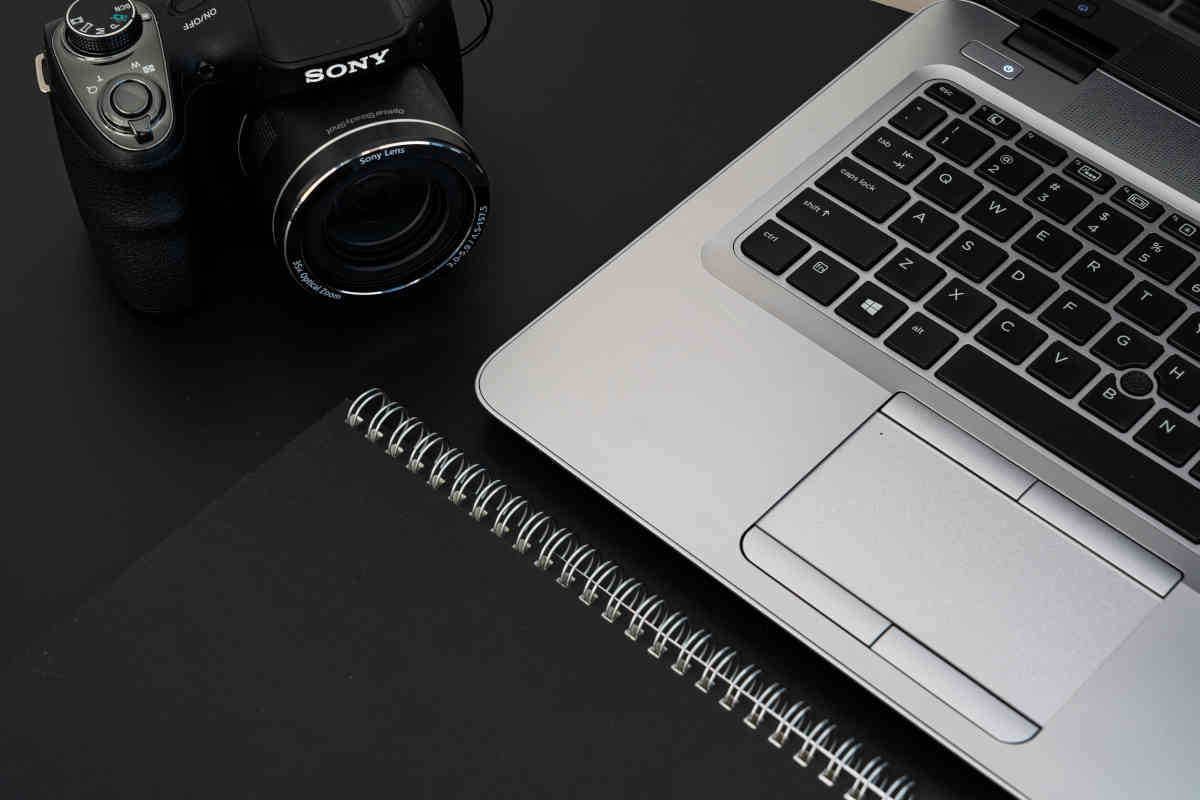
Each of the Major Camera brands like Sony, Canon, or Nikon have features that you can take advantage of.
Knowing these camera-specific functions help you maximize your camera of choice.
Depending on your chosen camera brand, I will help you master the key features of your equipment so you can focus on putting it all to good use.
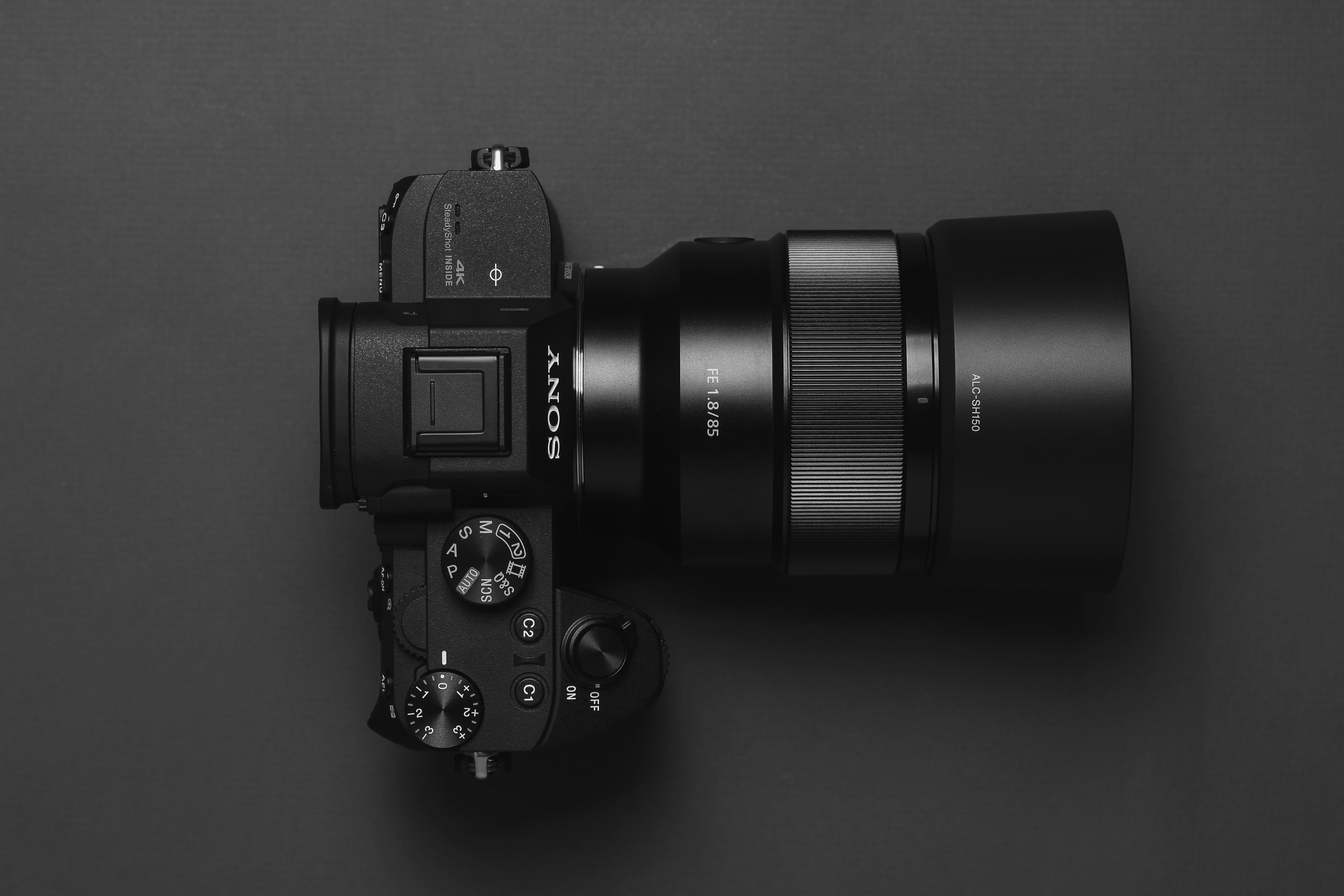
You will become familiar with the buttons and menu options embedded in your sony camera at the end of this course. Learn when and how to use them to maximize its essential operation and in-built technologies so you can use them to achieve excellent results. This course will help you explore the various specifications and applications that are installed in the following sony camera models and other similar Alpha series models:
Ultimate Guide to Sony Alpha
Ultimate Guide to Sony Alpha 9
Ultimate Guide to Sony 7RIV
Ultimate Guide to Sony Alpha 6600

I will help you explore the numerous buttons
located
on every part of your Canon camera,
depending on the type you own and its function. At the end of this course, you will be
confident
configuring settings in the following Canon Camera model and maximizing your camera’s
potential.
Also, I included a lesson on post-processing using a free application such as the Canon
Digital
Photo Professional (DPP) for Canon shooters using RAW files. I will teach you how to improve
your images by making the necessary adjustments using DPP. Specific
lessons for this
bundle
include the following (you can still refer any of the 1DX or 5D Mark IV
for the model
you
own):
Complete Guide to Canon IDX Mark II
Complete Guide to Canon 5D Mark IV
Complete Guide to Canon 7D Mark II
Beginners Guide to Canon 1200D
Post-processing using Canon DPP (for Canon Raw shooters)

I will provide you with a detailed lesson on the recommended settings that you can use depending on the photography genre of your choice, as well as help you navigate through its buttons, features, and functionalities. I will also walk you through the critical elements of the Nikon D500 model known for its versatility in lowlight conditions, incredible speed, clarity, and resolution.
In this bundle, I also added a section to teach you thoroughly about Post-processing your Nikon RAW file using Capture NX-D, a non-destructive RAW image processing application that utilizes a new sidecar system to save adjustments. By using Capture NX-D, you can get the most out of your Nikon RAW image files by generating images that look great since I will teach you how you can post-process your image so you can achieve the authentic colors captured by the sensor. Topics under this bundle will cover the following:
Complete Guide to using Nikon D750
Ultimate Guide to Nikon D500
Post-processing using capture NX-D (for Nikon raw shooters)




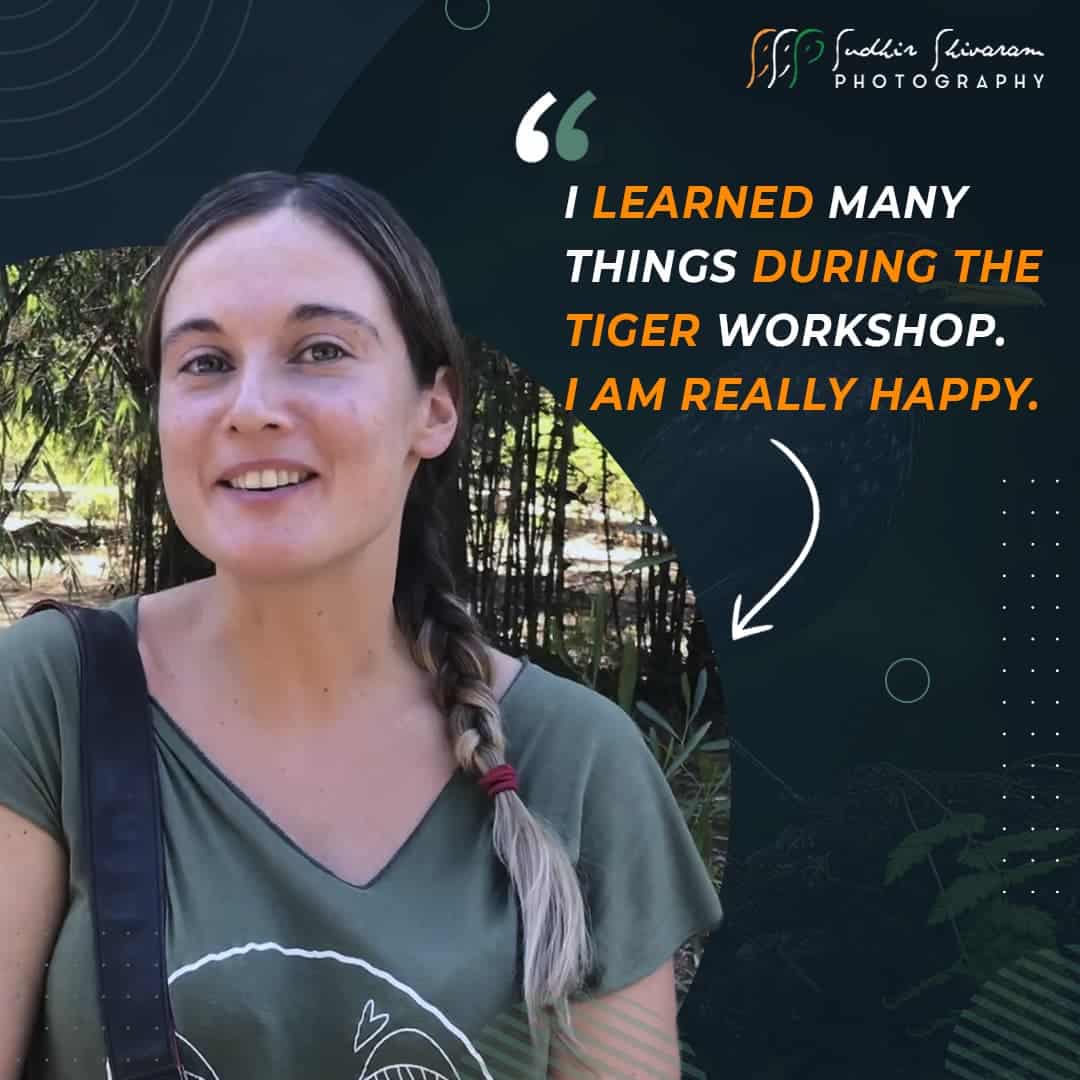



My life’s mission has been to mentor aspiring photographers who love to learn and are enthusiastic about enhancing their skills.
I absolutely look forward to seeing you inside the SSP community.
-Sudhir Shivaram
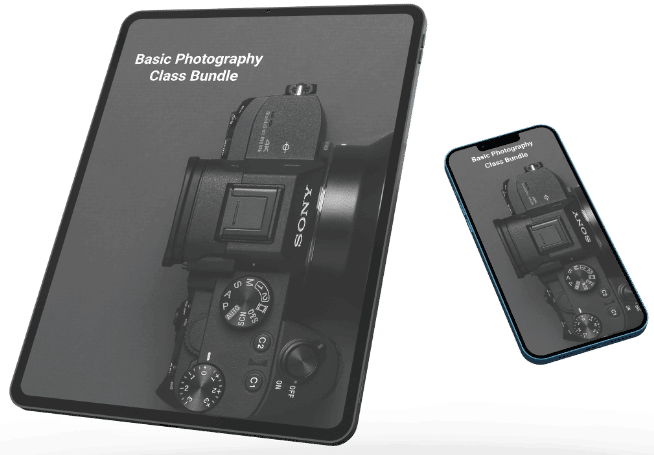
Get your doubts clarified and gain confidence in your photography techniques.
Become part of a community of fellow enthusiasts and get connected with me.
Create wonderful images using your newfound skill and publish your work.
Get your unlimited access to the Course within a one-year subscription. The lessons are also made available to you using any device.
How do we subscribe to the online Photography Courses?
.accordion-flush class. This is the first item's
accordion
body.How do I access my lessons?
.accordion-flush class. This is the second item's
accordion
body. Let's imagine this being filled with some actual content.How can I get access to the closed Facebook Community or get in touch with Sudhir for photography doubts
.accordion-flush class. This is the third item's
accordion
body. Nothing more exciting happening here in terms of content, but just filling up
the
space to make it look, at least at first glance, a bit more representative of how
this
would look in a real-world application.Will your website work well on my phone?
.accordion-flush class. This is the third item's
accordion
body. Nothing more exciting happening here in terms of content, but just filling up
the
space to make it look, at least at first glance, a bit more representative of how
this
would look in a real-world application.Are the lesson videos downloadable?
.accordion-flush class. This is the third item's
accordion
body. Nothing more exciting happening here in terms of content, but just filling up
the
space to make it look, at least at first glance, a bit more representative of how
this
would look in a real-world application.